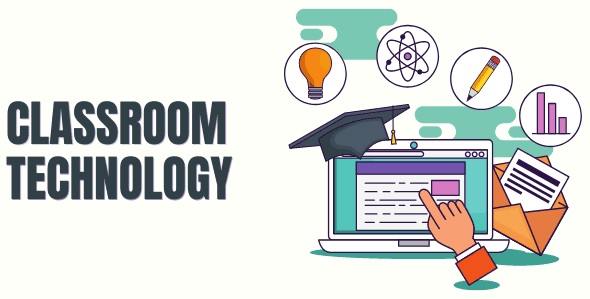
Technology plays a pivotal role in education, revolutionizing the way students learn and teachers teach
By Parakh Tuteja
New Delhi :- The modern classroom has undergone a profound transformation with the integration of technology. Gone are the days when teachers solely relied on chalkboards and textbooks to impart knowledge. Today, technology plays a pivotal role in education, revolutionizing the way students learn and teachers teach. This article explores the multifaceted role of technology in the classroom and its impact on education.
Access to Information
Access to Information
One of the most significant benefits of technology in the classroom is the unparalleled access to information it provides. The internet is a treasure trove of knowledge, allowing students to explore topics beyond the confines of their textbooks. Through online research, students can access up-to-date information, diverse perspectives, and a vast array of educational resources. This not only enriches their learning experience but also fosters critical thinking skills as they learn to discern credible sources from unreliable ones.
Personalized Learning
Personalized Learning
Technology has enabled a shift from one-size-fits-all teaching methods to personalized learning experiences. Educational software, adaptive learning platforms, and online courses can be tailored to individual students' needs and abilities. This flexibility allows students to progress at their own pace, addressing their unique learning styles and challenges. Adaptive algorithms can identify areas where a student needs extra help and provide targeted exercises or resources, ensuring a more effective learning process.
Interactive Learning
Interactive technology, such as smartboards, tablets, and educational apps, has made learning more engaging and interactive. These tools enable teachers to create dynamic, multimedia-rich lessons that captivate students' attention. For example, a history lesson can come alive with virtual tours of ancient civilizations, and complex scientific concepts can be visualized through simulations. Interactive learning not only enhances comprehension but also encourages active participation and collaboration among students.
Collaboration and Communication
Technology has facilitated communication and collaboration among students, both within and beyond the classroom. Virtual classrooms and online discussion forums enable students to engage in meaningful dialogues, share ideas, and work together on projects, regardless of geographical boundaries. This promotes the development of essential skills like teamwork, communication, and digital literacy, which are invaluable in the modern workforce.
Assessment and Feedback
Technology has also improved the assessment and feedback process in education. Digital assessments and grading systems streamline the evaluation of students' work, reducing the administrative burden on teachers. Additionally, immediate feedback through automated grading helps students identify areas where they need improvement. This real-time feedback loop enhances learning outcomes and empowers students to take an active role in their education.
Inclusivity and Accessibility
Technology has the potential to make education more inclusive and accessible to students with diverse needs. For students with disabilities, assistive technology tools such as screen readers, speech recognition software, and tactile graphics can level the playing field, enabling them to fully participate in the learning process. Moreover, online education can be a boon for those who face geographical barriers, enabling them to access quality education remotely.
Lifelong Learning
The integration of technology in education has also emphasized the importance of lifelong learning. In a rapidly changing world, where new information and skills emerge constantly, technology equips students with the digital literacy and adaptability necessary to continue learning beyond the classroom. It encourages a growth mindset and prepares students for a future where continuous learning is the norm.
The role of technology in the classroom is transformative, offering numerous benefits that enhance the learning experience for students and streamline teaching for educators. However, it's important to recognize that technology is a tool, not a panacea. Effective implementation requires thoughtful planning, teacher training, and a focus on pedagogical goals. When harnessed correctly, technology has the power to revolutionize education and prepare students for the challenges and opportunities of the 21st century.
Click Here for More Edu Guru Corner
